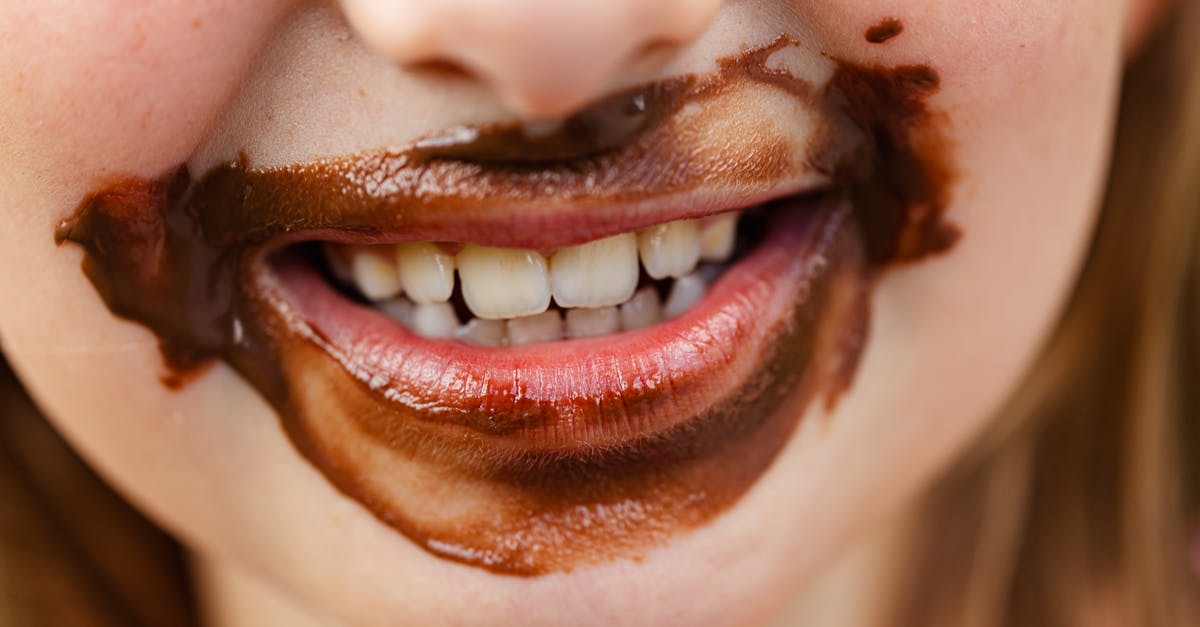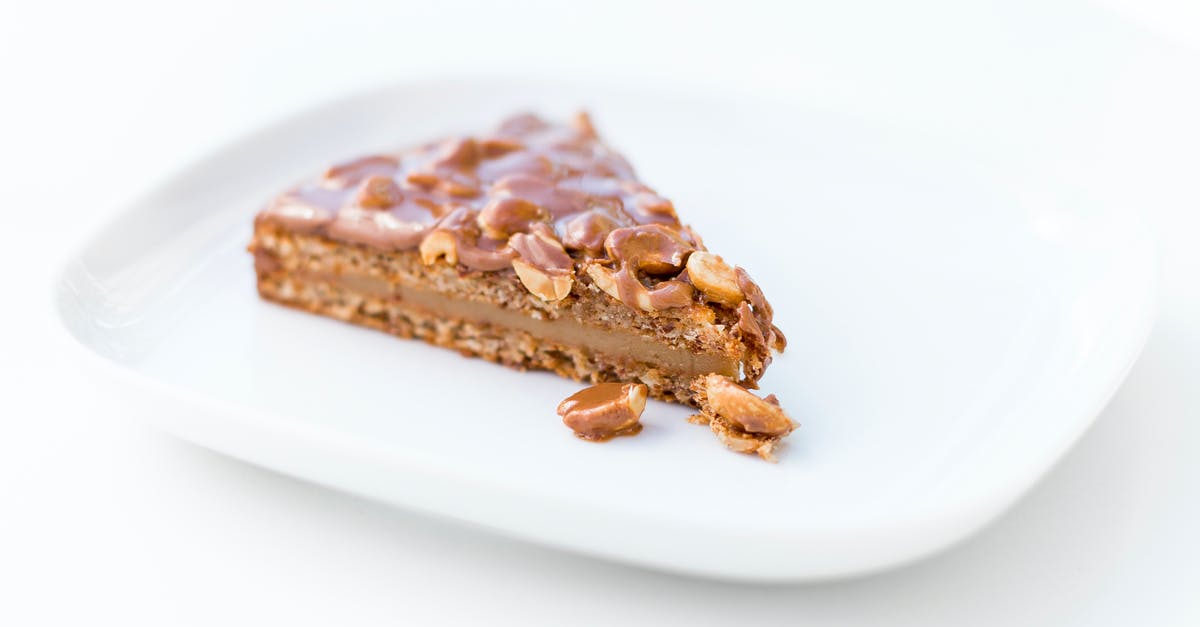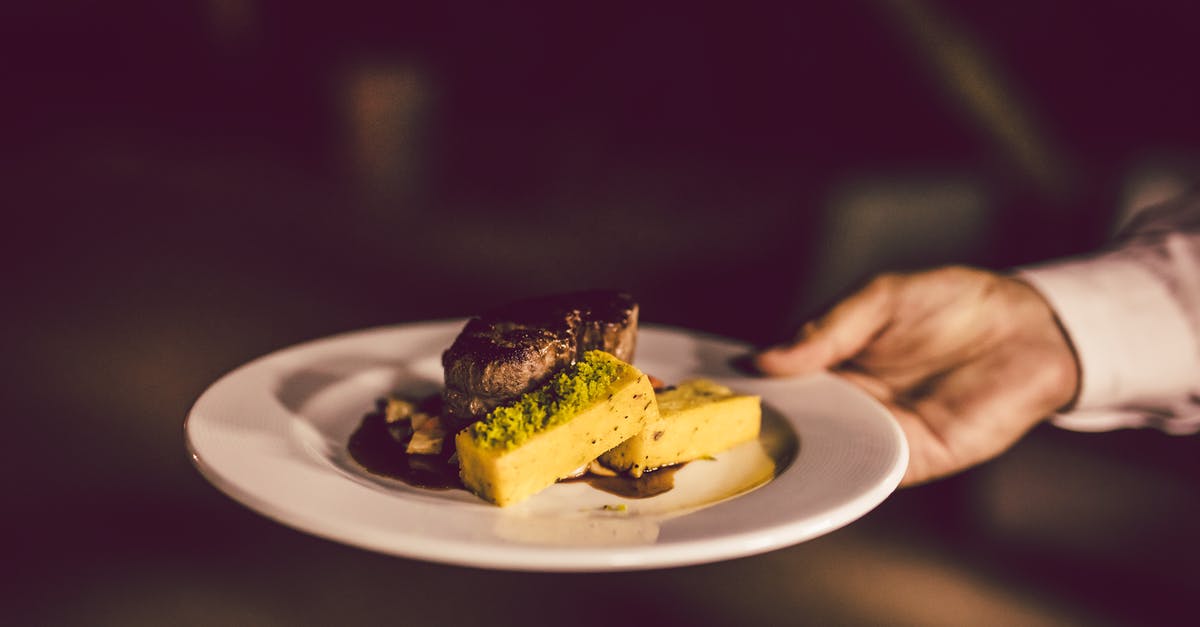Does chocolate inhibit cornstarch gelatinization?

I recently made chocolate pudding by putting 25ml of cream, 410ml of 3% milk and 50ml of cornstarch (not a good way to measure cornstarch, I know) along with two handfuls of Callebaut milk chocolate into the bowl of my Kenwood Cooking Chef, set it to constant slow stir (stirring speed 1) and set the cooking temperature (this stand mixer can cook in the bowl, while mixing) to 94 deg C. After a while I reduced the stirring speed to "once in a while" slow stir (stirring speed 3).
The result was really great but I wanted to redo it with even more chocolate to get a more saturated choccy flavour.
This time, same measurements, save for the choccy, of which I put in 169g, which seemed like more than double the last time.
This time I found out the gelatinization temperature of cornstarch is 60 deg C, so I set it to cook at 70 (just to be safe). It did not thicken at all. Thinking maybe it will after refrigeration I put it in the ol' fridge but all that happened was that a very thick surface coating was created. From experience with Creme Brûlée, I think it's the fat in the chocolate that accumulated and solidified at the top.
Put it in again in the bowl, added about 100ml more of starch and set it to stir at 68 deg C.
(BTW from experiments with the same starch and water I can, indeed, confirm it gelates at ~60 deg. C)
It's still cooking but I was wondering - is there some reason adding more chocolate made it harder for the starch to gelate?
Best Answer
The problem is not the chocolate, it is the temperature.
I don't know what exactly you refer to by "the temperature of starch gelatinization" - the gelatinization of starch is a long, continuous process, that happens long after the starch has swollen and thickened. It is the process that is responsible for bread going stale - but not the process of thickening.
To thicken starch, you have to take it to temperatures between 90 and 100 C - the exact temperature differs between starches from different plants, and I believe is also somewhat dependent on processing. Some need 96 C, for others, 94 C is sufficient. The most common thing is to simply let the starch boil visibly, until you see bubbles form and plop, and then take it away from the heat.
The amount of chocolate shouldn't be a problem for the starch, there are many dishes which are slightly thickened with just a tiny amount of starch mixed into a main liquid with lots of fat or other ingredients, and they work perfectly well.
Pictures about "Does chocolate inhibit cornstarch gelatinization?"



What ingredients affect the gelatinization process?
Starches. Starch gelatinization is the process where starch and water are subjected to heat, causing the starch granules to swell. As a result, the water is gradually absorbed in an irreversible manner. This gives the system a viscous and transparent texture.What are 2 factors that affect Gelatinisation?
The gelatinization temperature of starch depends upon plant type and the amount of water present, pH, types and concentration of salt, sugar, fat and protein in the recipe, as well as starch derivatisation technology are used.Which of the following greatly affects the gelatinization of starch through breaking of granules?
Water is crucial for the hydrolysis, mainly because it enables swelling and gelatinization of starch. The quality and quantity of the products of starch hydrolysis with amylases depends on the hydrating ability of the medium.What temperature does cornstarch Gelatinize?
Gelatinization temperature of starches from select plantsSourceGelatinization temperatureWheat124\u2013140\xb0F (51\u201360\xb0C)Corn144\u2013162\xb0F (62\u201372\xb0C)Triticale131\u2013144\xb0F (55\u201362\xb0C)Rice154\u2013172\xb0F (68\u201378\xb0C)5 more rowsHot Chocolate Recipe - AMERICAN VS ITALIAN HOT CHOCOLATE
Sources: Stack Exchange - This article follows the attribution requirements of Stack Exchange and is licensed under CC BY-SA 3.0.
Images: Karolina Grabowska, Christian Naccarato, Isaac Quesada, ZUX NET
